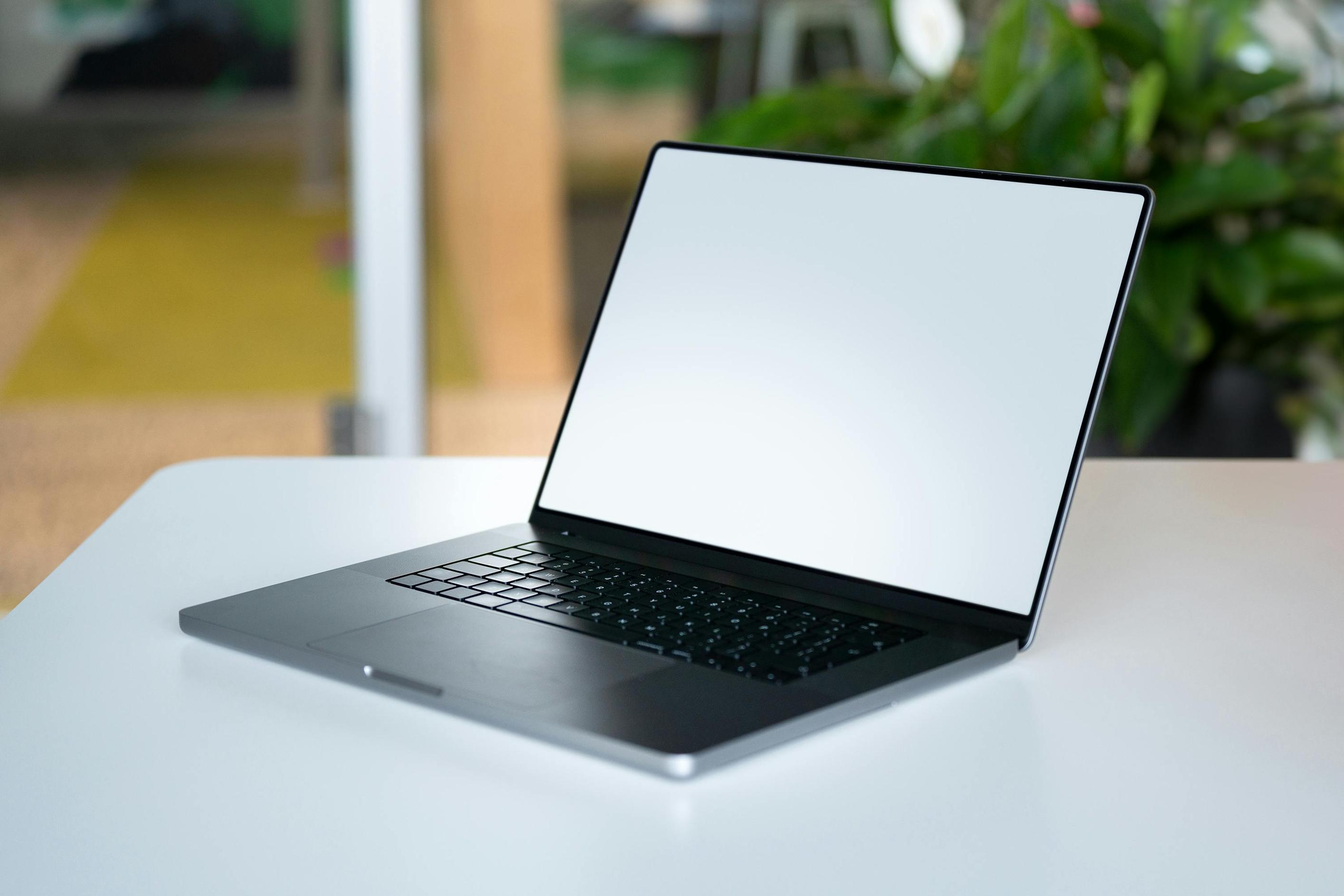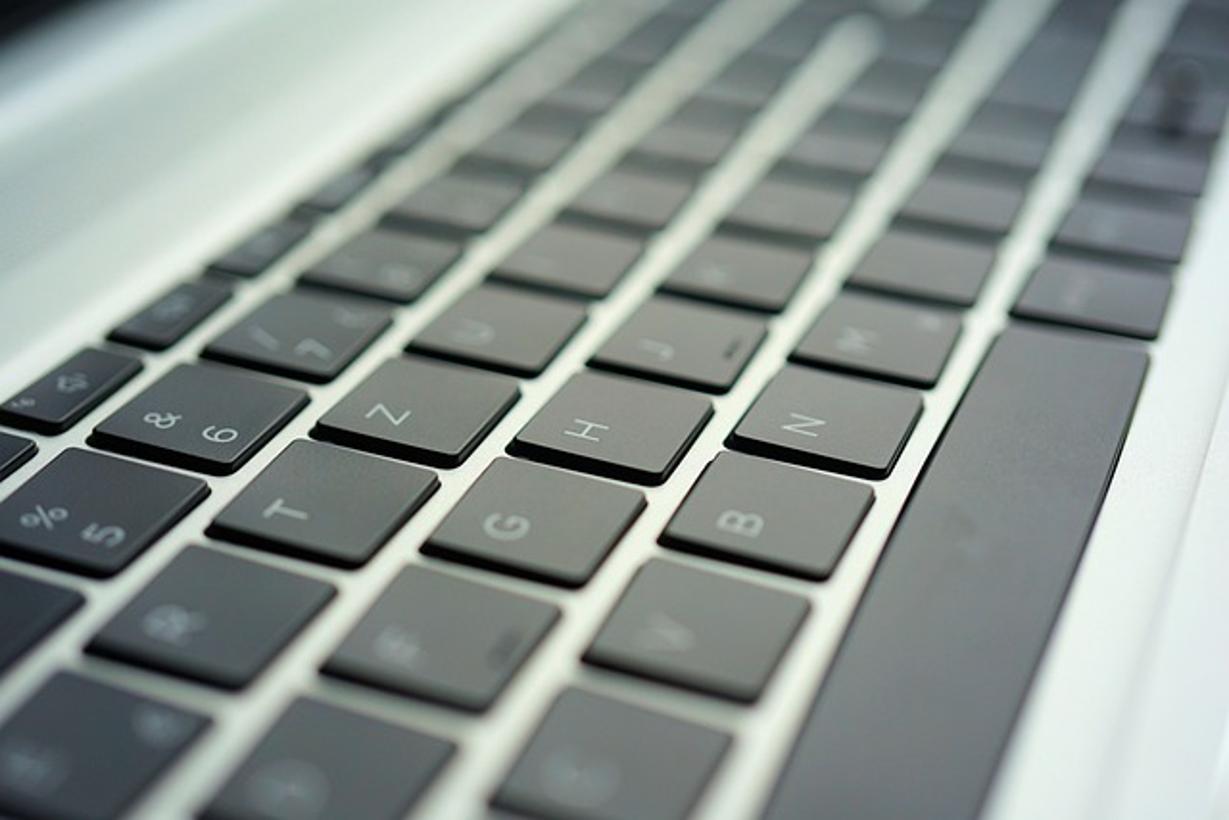How to Screenshot with Keyboard
Introduction
Capturing your screen efficiently can save time and streamline your workflow. Knowing how to take a screenshot using your keyboard can be highly beneficial, whether for work, educational purposes, or daily use. This comprehensive guide will walk you through various methods to screenshot on different operating systems, including Windows, Mac, Chromebooks, and Linux. Additionally, we'll explore some handy third-party tools to enhance your screenshot capabilities.
Understanding the diverse ways to take a screenshot with your keyboard ensures you can choose the best method for your needs, making email, documentation, video tutorials, and troubleshooting more efficient and effective.

Windows Operating System
Windows offers several convenient methods to capture screenshots using various keyboard shortcuts, ensuring you can choose the one that suits your needs best.
Using the Print Screen (PrtScn) Key
One of the simplest ways to capture your entire screen is by pressing the 'Print Screen' key (sometimes labeled as PrtScn). Here's how: 1. Press the 'PrtScn' key on your keyboard. 2. The image of your entire screen is now copied to the clipboard. 3. Open an image editor (MS Paint, Photoshop, etc.) or a document where you want to paste the screenshot. 4. Press 'Ctrl + V' to paste the screenshot. 5. Save the file as needed.
Snip & Sketch Tool
Windows 10 introduced the Snip & Sketch tool, which offers more flexibility: 1. Press 'Windows Key + Shift + S'. 2. Your screen will dim, allowing you to drag and select the area you want to capture. 3. The screenshot is automatically copied to the clipboard. 4. A notification will appear; click it to open the Snip & Sketch tool and edit your screenshot. 5. Save or share the screenshot as necessary.
Windows Key + Print Screen
To capture your entire screen and automatically save the file: 1. Press 'Windows Key + PrtScn'. 2. Your screen will briefly dim, signifying a screenshot has been taken. 3. The screenshot is saved in the 'Screenshots' folder within the 'Pictures' library.
Windows Key + Shift + S for Snipping Tool
For more specific captures, you can use the Snipping Tool via keyboard shortcuts: 1. Press 'Windows Key + Shift + S'. 2. Select the type of snip you want to make: rectangular, freeform, window, or full-screen. 3. Capture the desired area, and it will automatically save to the clipboard.
Once you have mastered these combinations, you'll find taking screenshots on Windows both efficient and versatile.

Mac Operating System
Mac users have their own set of straightforward keyboard shortcuts to take screenshots, ranging from full-screen captures to more specified selections.
Command + Shift + 3
To capture the entire screen on a Mac: 1. Press 'Command + Shift + 3'. 2. The screenshot will be saved directly to your desktop.
Command + Shift + 4
For more tailored captures, use this method: 1. Press 'Command + Shift + 4'. 2. A crosshair cursor will appear, allowing you to click and drag to select the desired area. 3. The captured screenshot is saved to your desktop.
Command + Shift + 5 for Screenshot Options
For even more versatility, macOS offers advanced screenshot features: 1. Press 'Command + Shift + 5'. 2. A control bar will appear, providing options to capture the entire screen, a selected window, or a custom area. 3. You can also record your screen and adjust settings such as timer and save location.
Transitioning from Windows to Mac screenshot techniques highlights the various options tailored to different user needs and scenarios.
Chromebooks
Chromebooks have specific keyboard shortcuts, making capturing screens an effortless process.
The Screenshot Key (Ctrl + Show Windows)
To capture your entire screen on Chromebook: 1. Press 'Ctrl + Show Windows' (the key with a rectangle and two vertical lines). 2. The entire screen will be captured, and a notification will appear, indicating the screenshot is saved.
Partial Screenshots (Ctrl + Shift + Show Windows)
For capturing specific areas: 1. Press 'Ctrl + Shift + Show Windows'. 2. Click and drag to select the area you want to capture. 3. The screenshot will be saved, and a notification will alert you of its location.
Moving from Mac to Chromebooks, these straightforward methods make transitioning between different OS screenshot functions seamless and efficient.
Linux/Ubuntu Platforms
Linux and Ubuntu offer several straightforward keyboard shortcuts to capture screens, tailoring functionalities according to the user's needs.
Using the Print Screen Key
For a simple full-screen capture on Linux: 1. Press the 'Print Screen' key. 2. The screenshot will automatically be saved in the 'Pictures' directory.
Using Gnome Screenshot Tool
Ubuntu users can make use of the Gnome Screenshot Tool: 1. Press 'Alt + Print Screen'. 2. Select the area or window you wish to capture and save.
Shortcut Combos (Shift + PrtSc, Alt + PrtSc)
For more complex captures: 1. 'Shift + Print Screen': Select a specific area for the screenshot. 2. 'Alt + Print Screen': Capture the current active window.
Covering Linux and Ubuntu broadens the understanding of taking screenshots, helping users across different OS platforms.
Third-party Tools
Third-party applications offer enhanced functionality and editing tools.
LightShot
LightShot allows easy capturing and real-time editing: 1. Download and install LightShot. 2. Press the 'PrtScn' key. 3. Select the area you want to capture and edit directly.
Greenshot
Greenshot is user-friendly and efficient: 1. Download and install Greenshot. 2. Press 'PrtScn' for full-screen or assign different keys. 3. Choose how and where to save or send your screenshots.
Snagit
Snagit offers advanced features for professionals: 1. Download and install Snagit. 2. Use custom shortcuts to capture specific sections. 3. Access in-depth editing tools for comprehensive screenshot management.
Using specialized tools highlights the flexibility and additional functionalities users can avail beyond built-in OS features.

Conclusion
Mastering how to take screenshots using your keyboard on various platforms enhances productivity and convenience. By understanding these methods, from simple keyboard shortcuts on Windows and Mac to unique keys on Chromebooks and Linux, as well as third-party tools, you can capture any screen content efficiently. Armed with these skills, you can easily share information, troubleshoot issues, and enhance your digital communications.
Frequently Asked Questions
How do I take a screenshot of one window?
On Windows, use 'Alt + PrtScn' to capture the active window. On Macs, press 'Command + Shift + 4, then spacebar' to capture a specific window.
Can I customize my screenshot keyboard shortcuts?
Yes, many operating systems allow you to customize shortcut keys through their settings or preference menus.
How do I access my screenshots after capturing?
Screenshots are typically saved in your 'Pictures' directory or on your desktop, depending on your OS and settings. Check your specific OS documentation for exact save locations.



